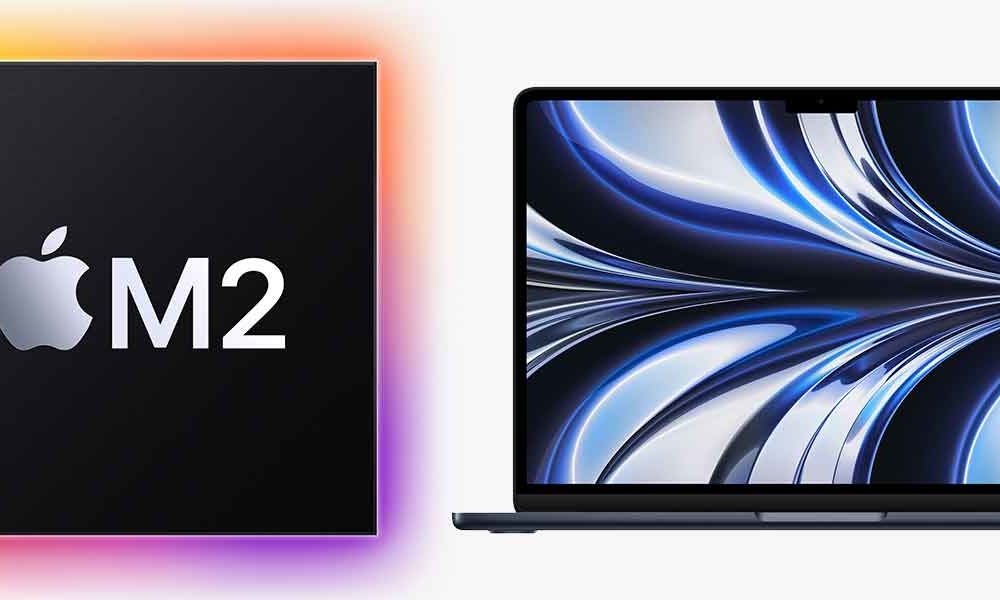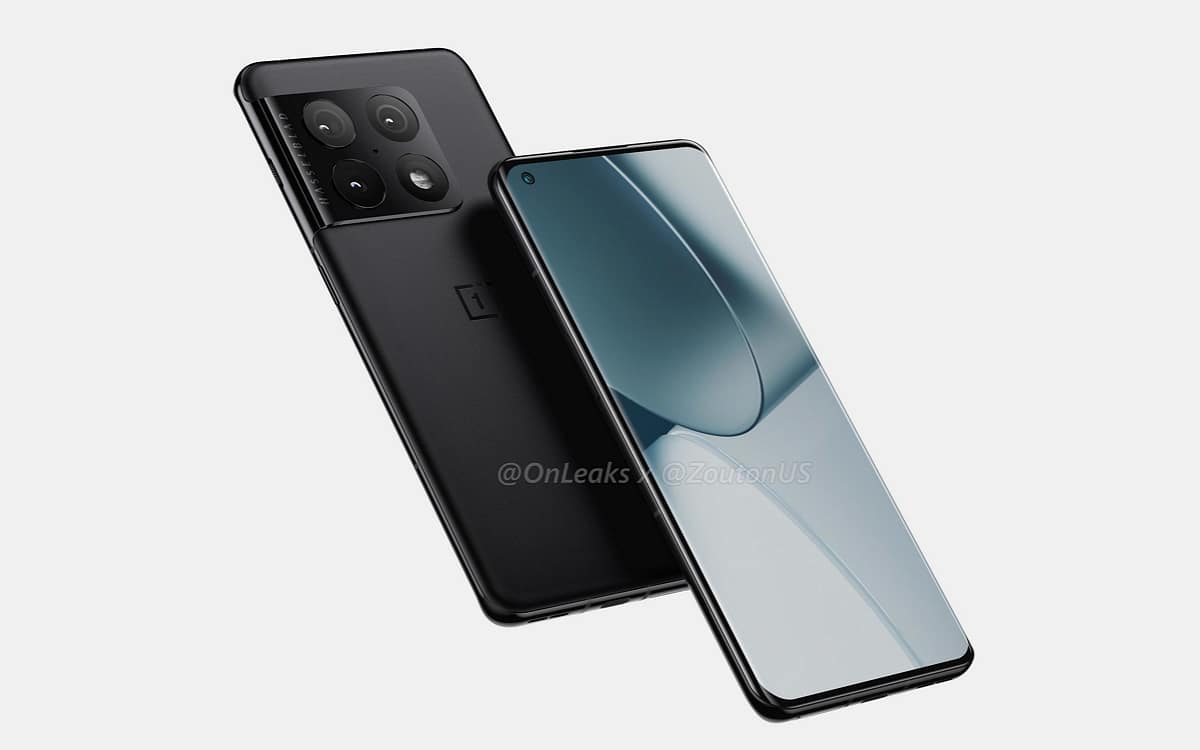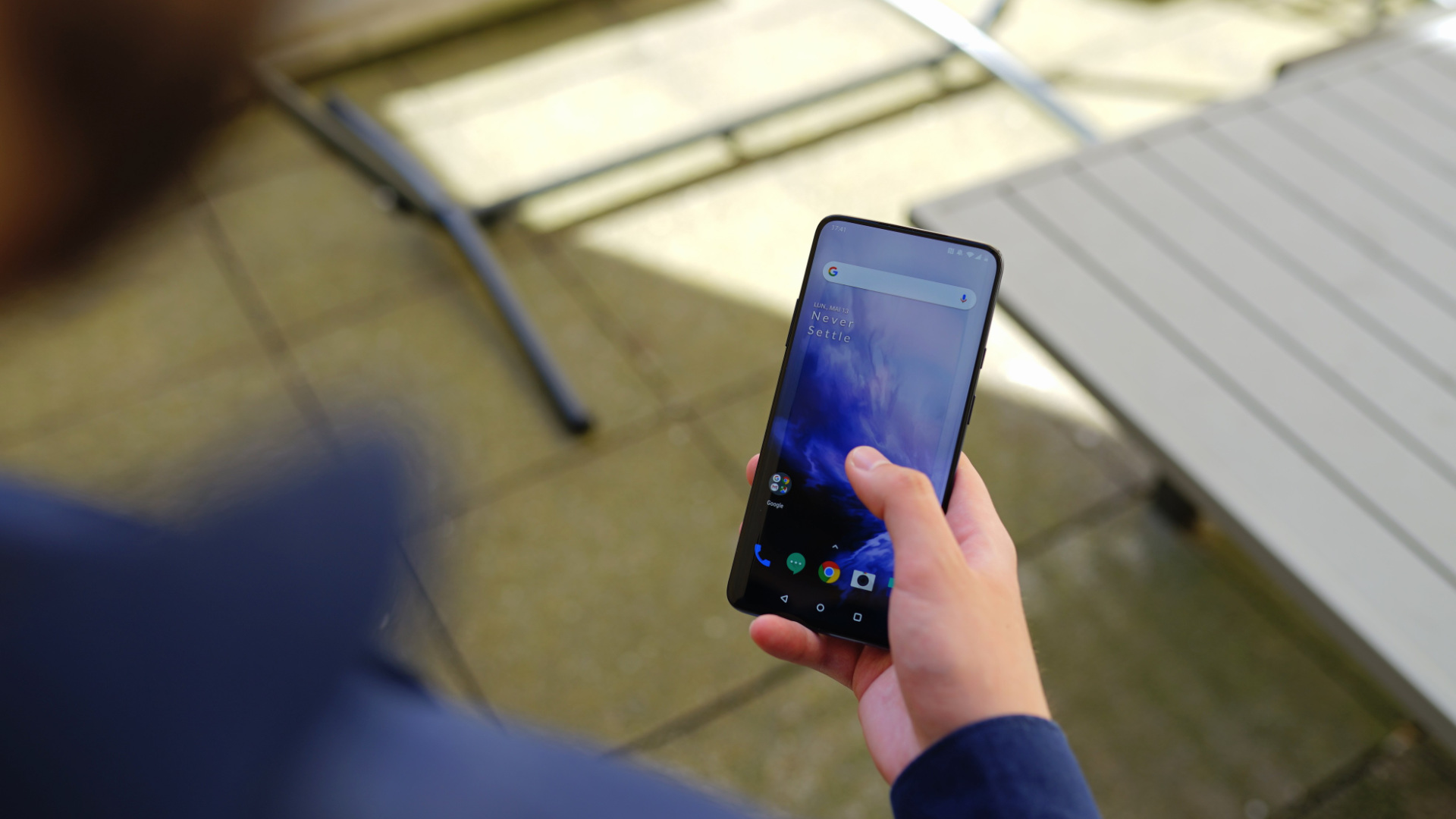
Android Pie is now on one in three smartphones. Android 10 and 11 are progressing. All the other grinds fall apart. This is the most recent panorama of Android fragmentation.
Google no longer communicates as regularly as before on the state of Android. Until 2019, the American company gave news of the degree of fragmentation of its mobile operating system, that is to say the distribution between the different versions (Android 8, Android 9, Android 10, etc.) . A painting was made available, but it is now abandoned.
However, it is possible to know the situation by consulting the information in Android Studio, which is the development environment for Android mobile applications. Statistics are thus regularly shared, for example on Reddit, in order to give news of the distribution between the various updates, which allows to have a small idea on their rate of adoption.
The most recent statistics that are shown and that we were able to get our hands on are from February 2021 – the following breakdown should therefore be read with caution, as the scores may have changed in the meantime. The fact remains that they will always be fresher than those dating from the last update, which dates back to May 2019.
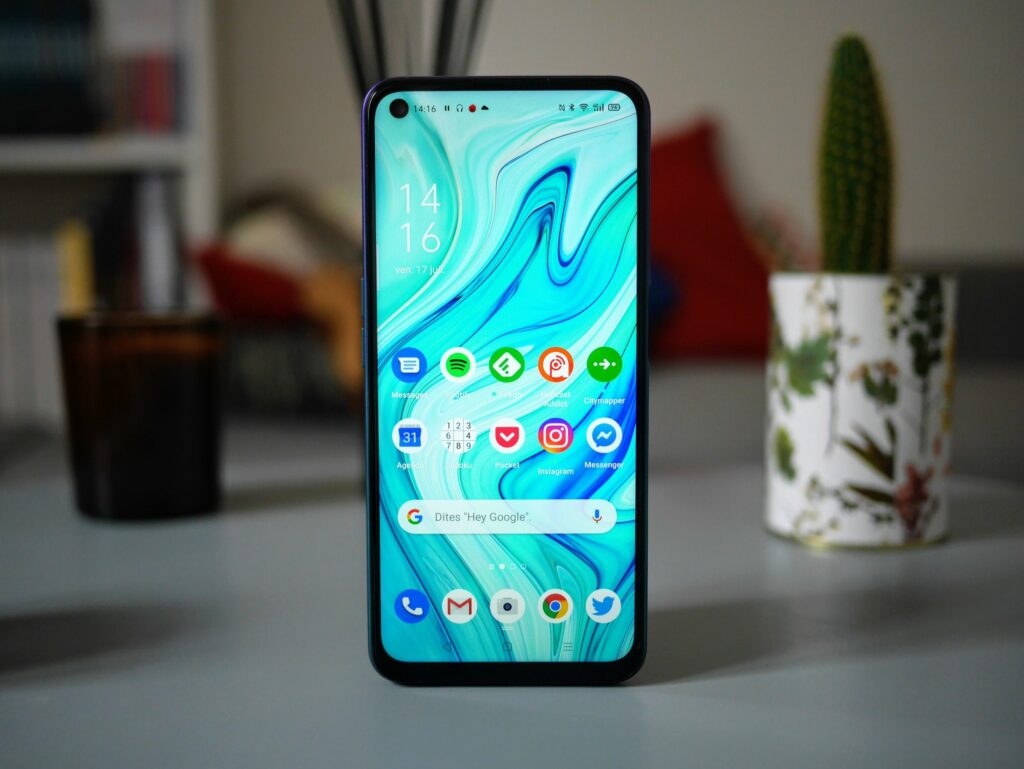
Breakdown of Android versions
| Version | Code name | Distribution |
| 4.0.4 and lower | Others | 0.2% |
| 4.1.x, 4.2.x and 4.3 | Jelly bean | 1.7% |
| 4.4 | KitKat | 4% |
| 5.0 and 5.1 | Lollipop | 9.2% |
| 6.0 | Marshmallow | 11.2% |
| 7.0 and 7.1 | Nougat | 12.9% |
| 8.0 and 8.1 | Oreo | 21.3% |
| 9 | Magpie | 31.3% |
| 10 | Android 10 | 7.2% |
| 11 | Android 11 | <1% |
Today, Android Pie constitutes the bulk of the Android ecosystem, with a presence on almost one in three smartphones that has been seen by Google’s measurement tools. This is a branch released in August 2018. It is followed at a good distance by Android Oreo, which equips more than one in five devices. This version has been available since August 2017.
All pre-Android Pie versions are on the decline, some very old with anecdotal market share – especially KitKat and Jelly Bean. The Lollipop, Marshmallow and Nougat versions are practically on a par and take up about one in ten Android smartphones. Some even older versions are not even directly mentioned anymore.
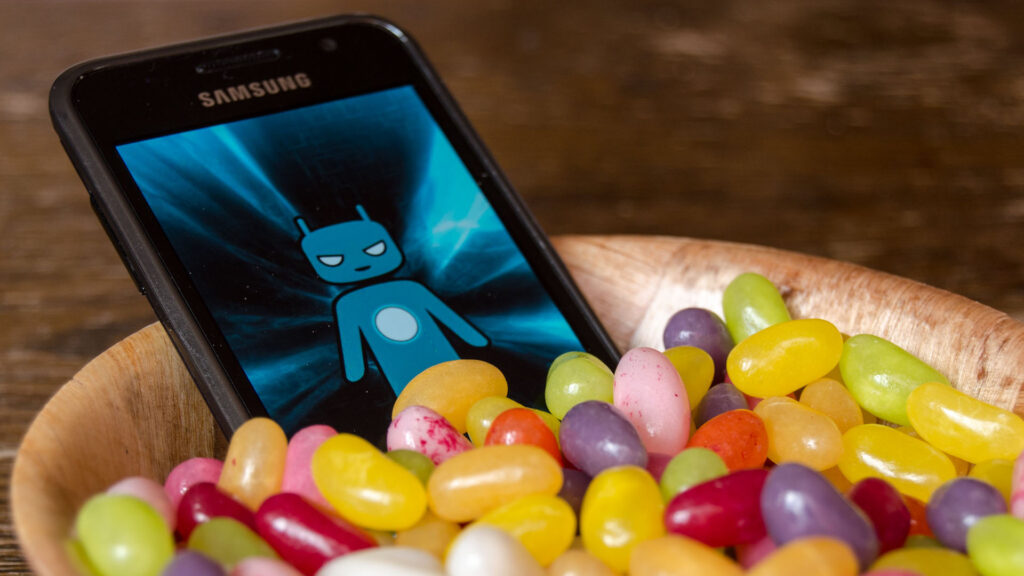
As for the two most recent updates, Android 10 and Android 11, released in September 2019 and February 2020, their adoption rate remains relatively low – however, keep in mind that this table reflects the situation in February 2021. The release of updates from manufacturers has, in the space of six months, made it possible to switch mobile users, not to mention the release of new smartphones.
When Google maintained its table, the company explained that the statistics ” are collected from the new Play Store app, which works with Android 2.2 and above, so devices running older versions are not included “. Versions less than 0.1% were excluded. To collect this data, Google recorded the terminals that passed through the Play Store during the last 7 days.
Article originally published on July 31, 2018 and updated on August 26, 2021
